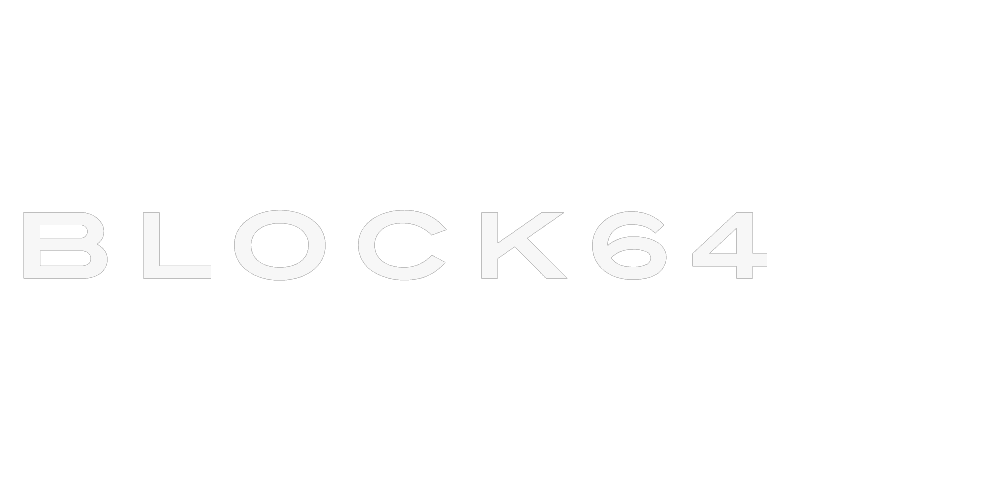
The buzz is real. Microsoft 365 Copilot is going live on November 1, and it’s got the IT world excited, especially your customers.
They’re looking forward to giving end-users a smart assistant to draft emails in Outlook, whip up code, or put together a Powerpoint deck in a snap. But while the excitement is high, there’s a lot of confusion and uncertainty. And as their trusted IT partner, there’s a huge upside for you to deliver clarity and maximize your impact.
The hype is real – but so are the risks.
The excitement around Copilot and other generative AI solutions isn’t just hype. Your customers see these tools as a chance to bolster productivity and stay competitive. If the historic adoption rate of ChatGPT is any indicator, the appetite for large language model (LLM) solutions is insatiable.
In fact, analysts at Jeffries say there is “significant” interest in M365 Copilot, with more than 10,000 customers already in line to adopt it this November. Jeffries also estimates the M365 LLM will drive at least $23B in revenues through FY24 and FY25 – and likely much more.
But diving in unprepared can lead to problems, such as poor adoption, security lapses, and ultimately, failure to realize its intended benefits. We’ve detailed a few of the most common issues to be expected, and how to handle them, below.
Diving in unprepared can lead to problems, such as poor adoption, security lapses, and ultimately, failure to realize its intended benefits. We’ve detailed a few of the most common issues to be expected, and how to handle them, below.
Making sense of licensing for M365 Copilot
Customers with existing Microsoft licensing agreements want to know: Do we have to purchase Copilot licenses? And if so, how much will it cost? As is always the case in the world of enterprise licensing, getting to an answer depends on a number of factors, and demands accurate data and expertise.
The baseline guidance is that your customers likely already have the core licenses they need to access Copilot – but they will have to purchase a Copilot add on to use it. The latest information states that M365 Copilot will be made available to all users with a Microsoft 365 E3, E5, Business Standard and Business Premium as of November 1, 2023. But those users will also need to pay an additional $30USD a month for the Copilot add on.
That’s a hefty price increase from the existing licensing costs – nearly doubling the $36 a month customers already pay for E3, for example. So, you’ll want to make sure your customers know exactly what to buy, for whom, and how much.
The most effective way to move forward here is to capture a detailed picture of your customer’s existing entitlements and current usage metrics. This will make it much easier to budget and plan for your Copilot kick off, and likely will unearth critical insights and opportunities for cutting waste and licensing optimizations.
Meeting security and privacy requirements for M365 Copilot
While it’s always a good idea to identify vulnerabilities, such as unpatched endpoints or unsupported operating systems, Microsoft highly recommends your customers do this before they moving to Copilot. Why? Well, Copilot accesses data across Microsoft 365 services, so ensuring your customer’s security measures are up to par is crucial to prevent data breaches.
There is also no shortage of fears and concerns around data privacy, and to what extent the LLM uses your personal and confidential user data for training.
At this stage, you will need to take inventory of your customer’s current security status across all endpoints and hosts and address gaps to ensure compliance with Microsoft’s security requirements for Copilot. You’ll also need to take the time to educate your customer on how Copilot handles sensitive information and address any concerns about data privacy.
Standardizing and consolidating applications
Most organizations leverage dozens of different productivity apps and there’s no guarantee that just because your customer bought it, users will use it. Before advancing with Copilot, your customers should go through an assessment of the current usage of M365 applications and other competing productivity tools.
If they don’t have a majority of end-users active on Teams, for example, it might be time to hit pause and focus first on change management and adoption plans. Not only will you be able to eliminate a handful of redundant and expensive Teams alternatives, you’ll make sure the real benefits of an investment in Copilot can actually pay off. You can’t unlock more productivity if no one’s using your new productivity tools.
The bottom line: Before going to M365 Copilot, there’s housekeeping to do
Realizing the potential of Copilot requires a solid game plan – and lots of intelligence and insights along the way.
But here’s the key: All of these efforts are basic ITAM best practices and should be something you and your customers are already doing. Taking a full inventory of licensing needs, identifying security vulnerabilities, and standardizing collaboration tools will always make good business sense. These efforts lead to simpler IT management, a more robust security foundation and untold opportunities to reduce waste and cut costs.
That’s why Block 64 created the M365 Copilot Readiness Assessment. This guided workshop and data-driven assessment uses our agent-less inventory tool to capture a full picture of your customer’s licensing and security gaps, as well as metrics on usage. We then provide a detailed report, providing crystal clear next steps, opportunities and urgent actions needed to get going on Copilot. Our reports bring decades of award-winning Microsoft licensing, security and ITAM expertise, to help you cater a strategic plan for your customers everyone can get behind.
M365 is coming. And your customers are both excited and concerned. If you want to help them see clearly, reach out to our sales team to see how we can deliver our Copilot readiness assessment, together.

